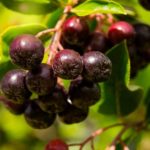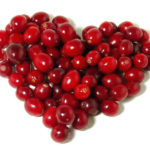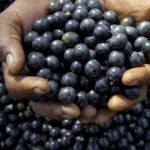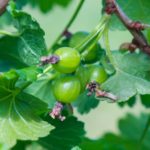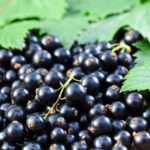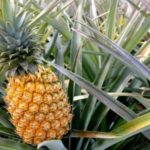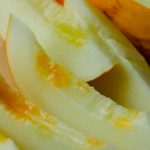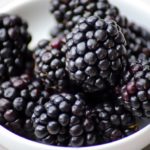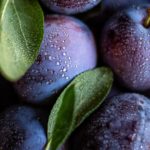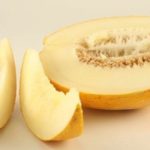Interesting facts about raspberries
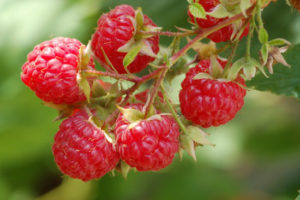 Raspberry is an extremely popular plant in the countries of the ex-USSR, and not only. Delicious and healthy berries of this half-shrub with a regular (but moderate) use have a beneficial effect on the body. In addition, they are very pleasant to the taste – in this opinion the majority of people who have been eating fresh raspberries converge.
Raspberry is an extremely popular plant in the countries of the ex-USSR, and not only. Delicious and healthy berries of this half-shrub with a regular (but moderate) use have a beneficial effect on the body. In addition, they are very pleasant to the taste – in this opinion the majority of people who have been eating fresh raspberries converge.
The raspberry fruit can be painted in any shades of red, from pale pink to burgundy. Berries of some varieties – yellow, white, and sometimes even black (for example, blackberries).
Raspberry contains vitamins C, A and B, as well as other substances useful for human health – for example, essential oils.
From the point of view of botany, the fruit of a raspberry is not a berry, it is a multicolored, that is, it consists of many tiny fused fruits with bones.
Raspberry is used in medicine not only for its useful properties, but also for its surprisingly pleasant taste and aroma. Raspberry is often a sweetener for medicines and other medicines, and in folk medicine it is considered a reliable remedy for colds, nausea and fever.
Fruits of raspberries can be eaten raw or cooked from them a variety of dishes and drinks: marmalade, jam, jam, jelly and juices. Raspberries are also used for making wines, liqueurs and liquors that do not need artificial flavors.
Bees, collecting crimson nectar, increase the yield of bushes by 60-100%. The raspberry flower is turned down, so insects can eat from them even during the rain.
Raspberry leaves can be an excellent substitute for tea – they are kneaded in their hands until they give off the juice and turn black, and then dried at high temperature.
Russia is the world leader in the cultivation of raspberries, here produce more than 200 thousand tons of fruits per year.
Scientists began to share raspberries on different varieties as far back as the 16th century. Then the cultivation of these plants began.
In Russian folklore, “raspberry” is often called a free, pleasant and “sweet” life without any problems. In this sense, it is the antipode of the bitter viburnum, which means misfortune and misfortune.
Among the criminals, “raspberries” are called thieves’ hangouts. True, according to one version of the congregation, the malefactors got this name not because of the berry – “raspberries” became a distorted version of the Hebrew melina (translated as “bunker, refuge”).
Raspberry can help in maintaining the work of the heart, kidneys, circulatory system and brain, it helps to maintain youth and skin tone. The fruits are rich in folic acid and iron, which makes them especially useful for the body of women (in the first place – pregnant).
Malina is considered an excellent antidepressant due to the copper contained in it.
According to a well-known legend, the first garden with raspberry bushes was laid by the eminent ruler, the founder of Moscow and other Russian cities, Yuri Dolgoruky. The garden was so big that wild animals, including bears, walked in it.
For the first time people discovered raspberry bushes in Greek Crete. Pioneers were the Romans, and it happened in the III century BC.
In Greece, a myth is told, according to which the nymph decided to treat raspberries to a small Zeus, crying so loudly that the gods on Olympus did not hear each other. When she picked berries, she tore her hands about her thorns in the blood – that’s why the raspberry berries turned red.

